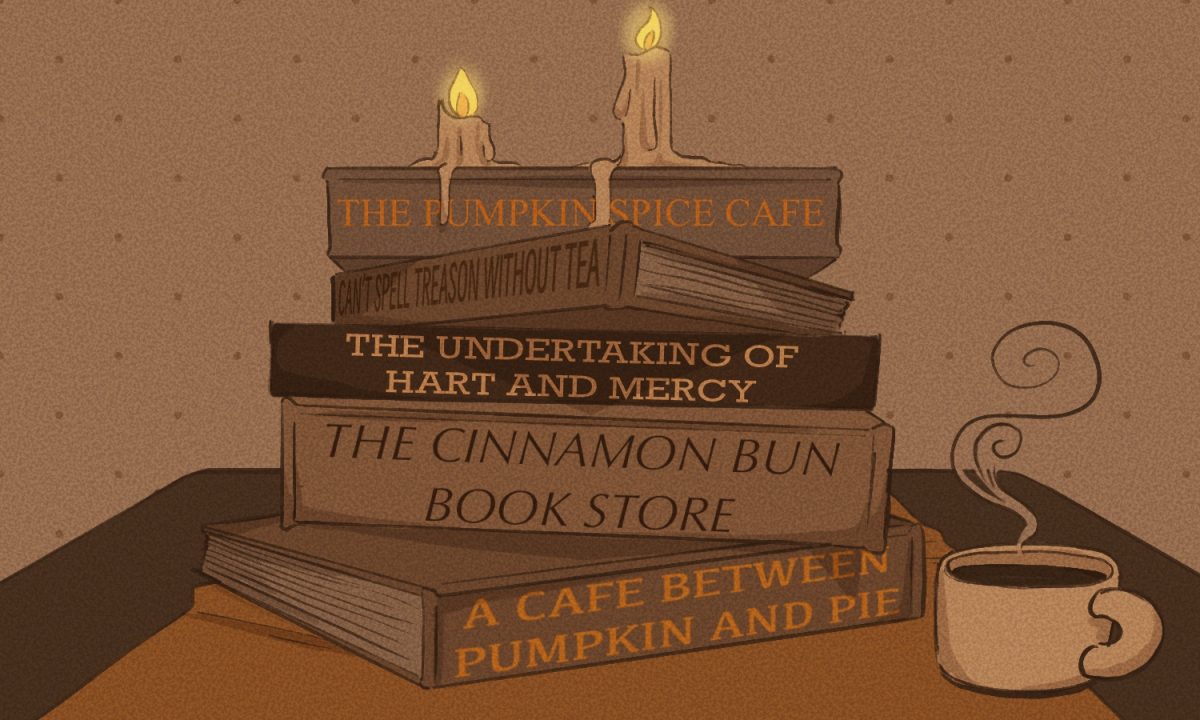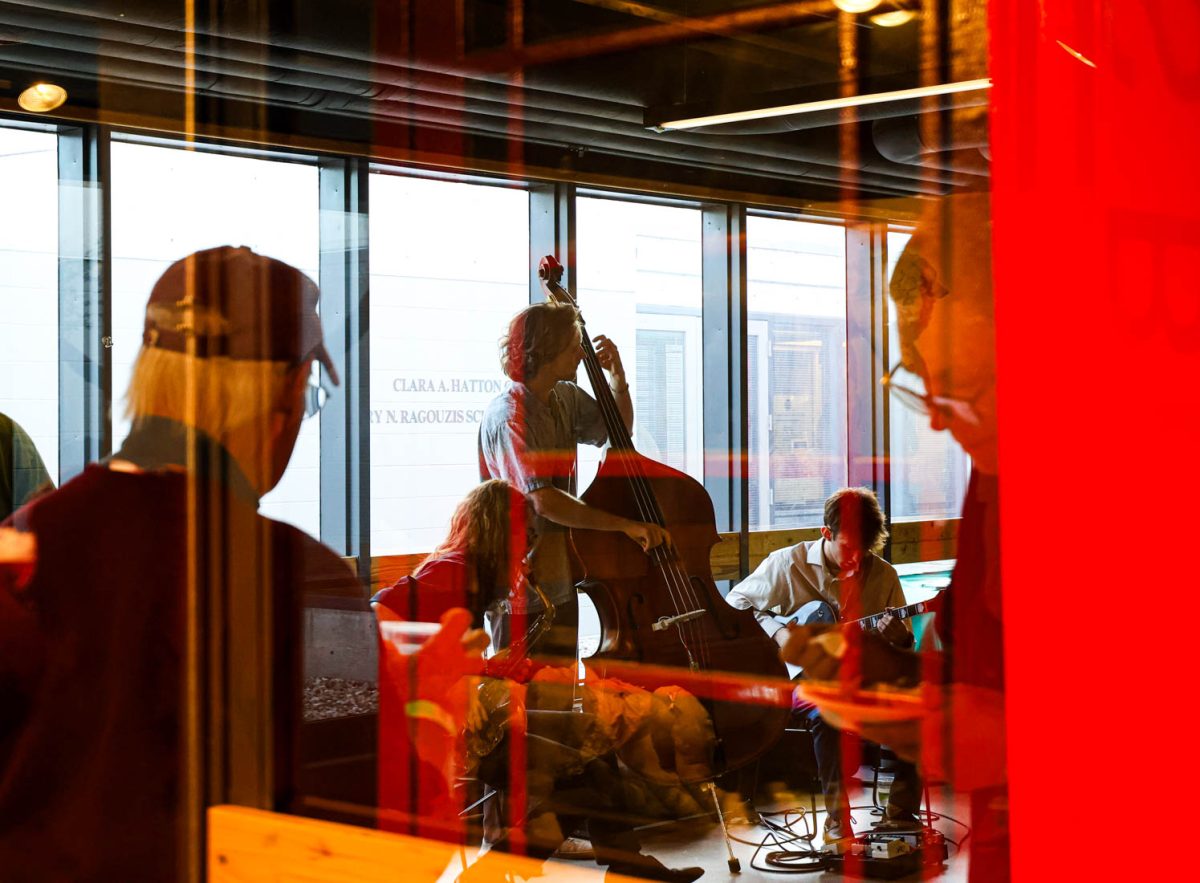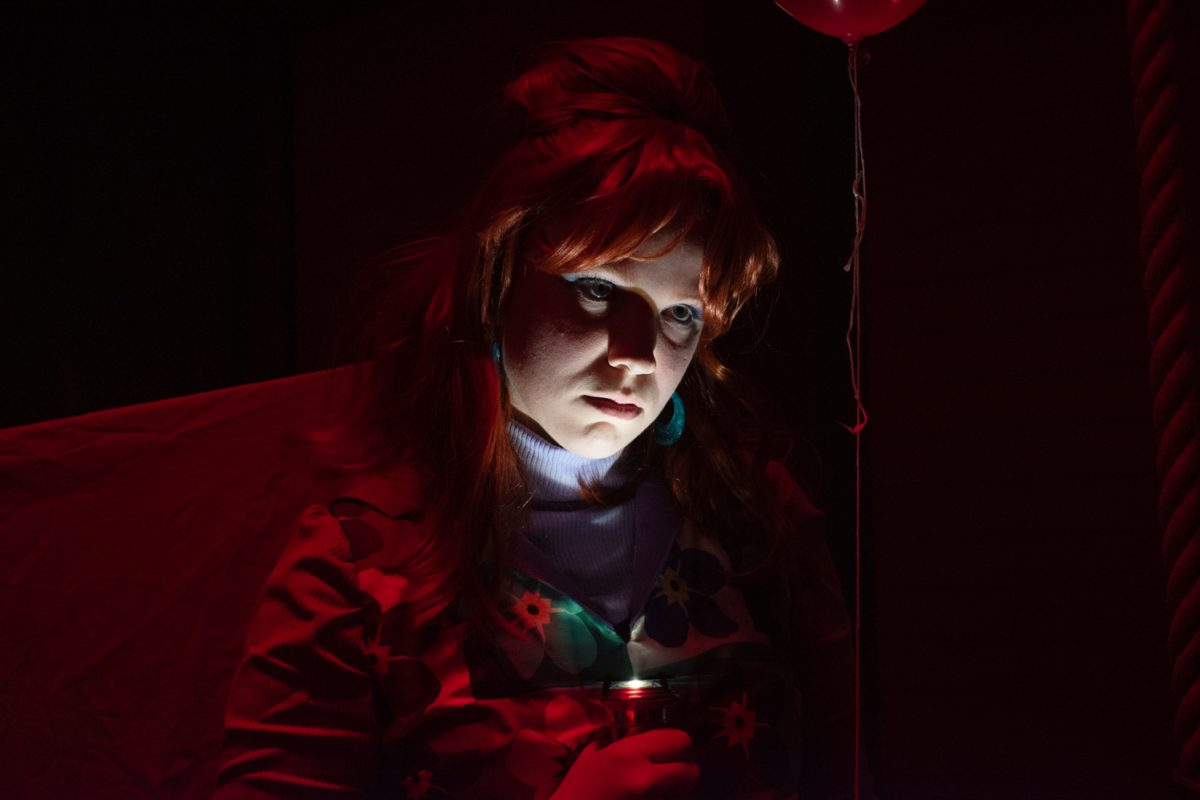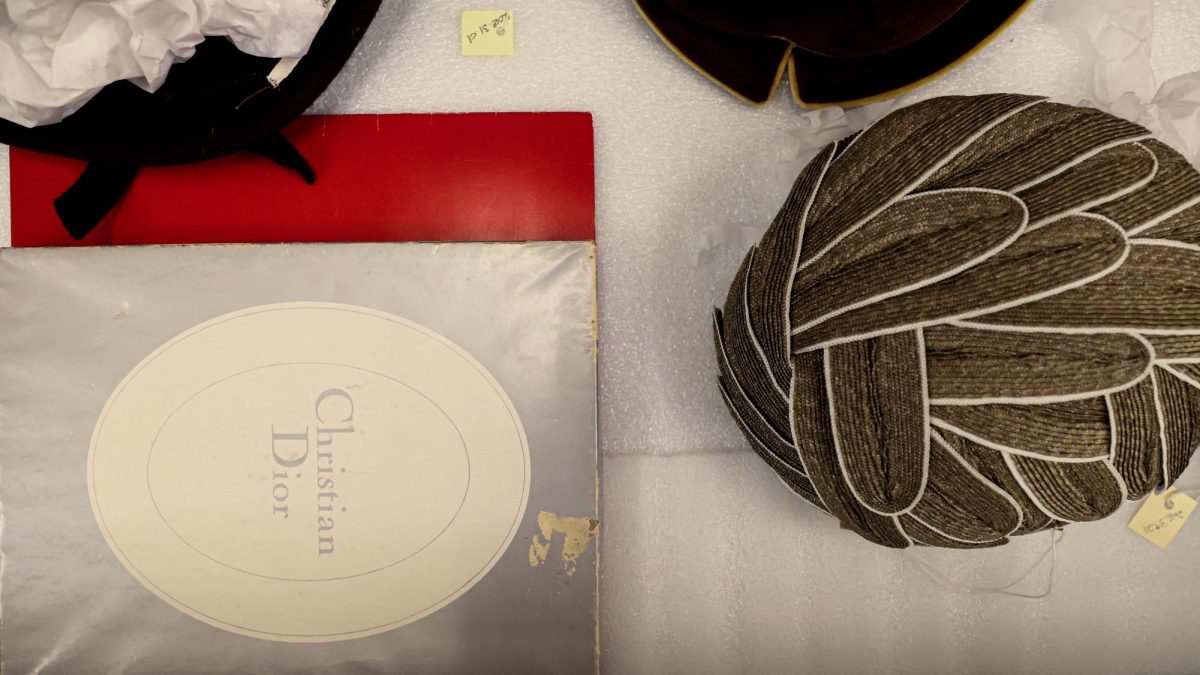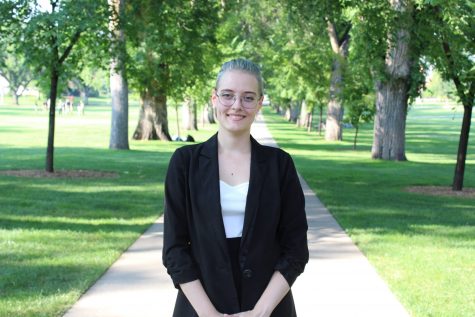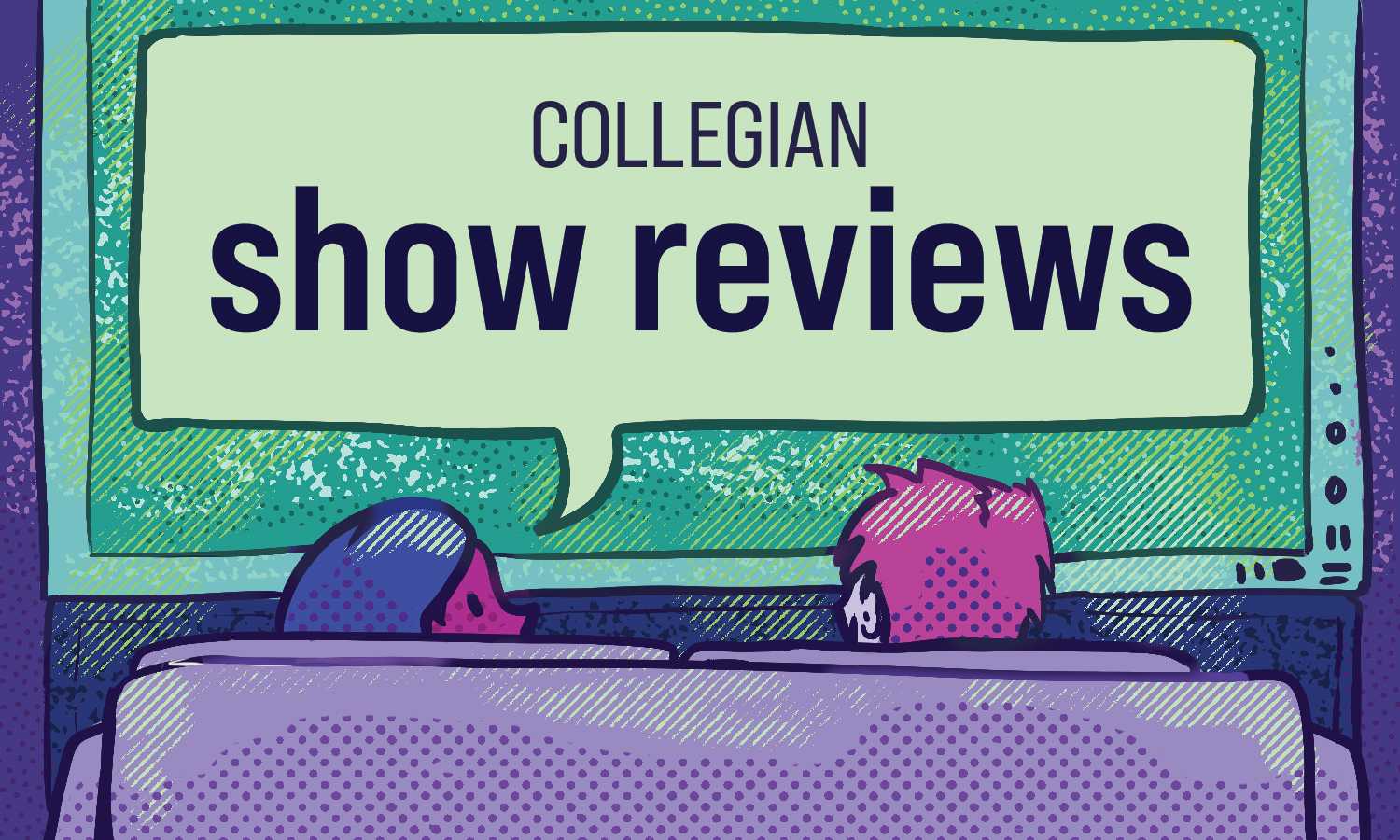
DreamWorks Animation Television outdid themselves with 2020’s “Kipo and the Age of Wonderbeasts,” a post-apocalyptic, groundbreaking cartoon full of complex characters, representation and an incredible soundtrack.
In my review of the third and final season, I cover the events that wrap up this revolutionary piece of art and discuss why it continues its unmatched representation, deep and meaningful writing, emphasis on mental health issues and unique visuals and music.
Be sure to check out my first and second reviews on Kipo before continuing, and, as always, beware of spoilers.
Episodes 1-3
After Scarlemagne, the intelligent mute villain of the first two seasons, enters a position where he cannot further his agenda to oppress humans, Dr. Emilia becomes the new Kipo antagonist and is kidnapping mutes. Kipo Oak, our lovable protagonist, creates what she calls HMUFA — the Human Mute Ultimate Friendship Alliance.
Kipo, with loyal friends Wolf, Benson Mekler, Dave, Mandu and many others, searches for Emilia and spreads word about their mission.
These are the episodes in which we fully realize what I call “The Kipo Effect.” This is also true for the first two seasons, but we see mutes unite in goodness, with each one advocating for Kipo and her friends. Even when they disagree with the idea of HMUFA, they are still kind about it and allow Kipo to stay.
The Kipo Effect is that Kipo always sees the best in others and has a positive impact on everyone she meets, turning them kinder and more open. Even Scarlemagne, who once seemed irredeemable, softens in episode three.
As for the thickening plot, Emilia finds the cure for mutes, which means their larger talking forms will tragically revert to how they were pre-mutation if she gives it to them.
Episodes 4-6
In episode four, Emilia sends word that she wants to meet Kipo to cure her because she’s taken Wolf, Benson and Dave as prisoners.
In several ensuing battles, Kipo saves her friends but eventually gets hit with a cure dart. However, she’s not cured because her DNA was used for it, giving Kipo and her friends a much-needed leg up in the fight.
Most importantly, these episodes make the series feel well rounded with plotlines coming to close and important events setting us up for the inevitable end. Questions remain unanswered, but we can feel the finale approaching.
Episodes 7-10
In episode seven, Kipo has a crisis, which Dave eases by finally telling his story. HMUFA doesn’t become what Kipo wants it to be, and she blames herself for tragedies suffered so far.
It is a due reminder that “Kipo and the Age of Wonderbeasts” is a cartoon made for children, and while it would take too long to cover every moral lesson valuable to impressionable youth, this is a big one. Kipo is the ever-positive protagonist who always looks on the bright side, but here, we actually see her lose hope. She gets angry, sad and guilty — and this show makes clear these feelings are OK.
With renewed hope, Kipo moves forward with HMUFA again and speaks to the humans who are still on Emilia’s anti-mute side. She invites them to what she calls Prahm, or “a Party Reconciling All Humans and Mutes.”
Kipo’s friend-forward plan moves ahead, albeit with a few hiccups, and Wolf and Scarlemagne, realists with a lot of trauma and fighting in their pasts, disagree with her methods and aim to confront Emilia because Kipo is endangering herself. They run off with their own plan to deal with things, ultimately uniting in their deep care for Kipo.
In episode nine, we finally get Emilia’s story, which, for sake of a massive spoiler, I won’t get into. However, after all this time building her up, we learn her true motives. In my opinion, it was an original and clever move to reveal the main villain’s tale right before the finale — it creates tension in the best way. Also, Emilia’s a terrible person.
Despite my hope that people are already familiar with the show since I’ve revealed a good deal, I’ll refrain from revealing what is an unbelievably emotional ending (at least, I cried). In fact, since I’ve droned on about how good this show is over three articles now, I’ll put it succinctly for anyone who’s familiar with other fantastic cartoons.
“Avatar: The Last Airbender” is considered one of the greatest shows out there, and it received quite a celebratory revival when it was released on Netflix in May 2020. ATLA, too, has developed characters, an astonishingly written and moving story and was ahead of its time in many ways.
“Kipo and the Age of Wonderbeasts” effortlessly rivals the cultural gem that is ATLA. Therefore, your next course of action is, if you haven’t seen it, to hop on Netflix and take this ride for yourself — you won’t regret it.
Renee Ziel can be reached at entertainment@collegian.com or on Twitter @reneeziel.



